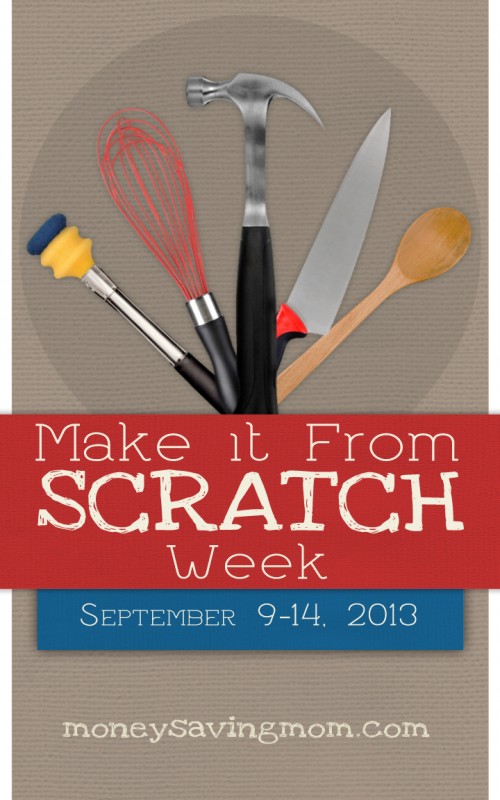I suppose it's not really a challenge, since I love doing stuff from scratch and I abhor (with some exceptions) mixes and kits and whatnot. So today I'm making yoghurt.
Technically, I'm making yoghurt cheese, since I incubated the yoghurt overnight Saturday and cooled it yesterday. What is yoghurt cheese, you might ask? Go ahead, ask - I did. Then I learned that I was already making it.
Yoghurt cheese is like Greek yoghurt, only a lot richer, smoother and thicker. It's around the consistency of a soft cream cheese, hence the name. Basically, it's what happens when you strain your yoghurt to make it Greek style, and then forget about it for a few hours.
You start by making yoghurt. I'm pretty sure the internet doesn't need another yoghurt recipe, so I won't go into step-by-step details, but I'll share what I've learned overall:
- Heating the milk is a lot faster on the stovetop. You can save a couple hours this way - especially if you use an electronic thermometer that beeps when it hits the proper temperature. Cook on low, stir regularly.
- You get a grainy texture in the final product when the milk is too hot when you start incubating. Waiting until the temperature drops to between 110° and 115° has given me more consistent results than mixing in my starter right at 120°F.
- Freeze-dried yoghurt starter is more reliable than store-bought and lasts much longer. And because it lasts longer, I think it's cheaper in the long run - you can feel free to reserve your homemade yoghurt for subsequent batches (until it gets too thin) without worrying if your store-bought yoghurt is going bad; nor do you have to eat the store-bought stuff before it expires after a batch or two of homemade yoghurt. It's easier to stir into your cooled milk, too.
- I think ovens (with the light on) are more reliable than crockpots for holding temperature. Crockpots aren't equally insulated - I had one that was awesome, and another that lost way too much heat, even with a thick towel. Plus, in the oven you can use a casserole dish which is a lot easier to wash than a crock. I've never tried using a warm water bath in a cooler - I don't have a large enough cooler - but I'd like to.
After all that, I have a 2.5qt casserole dish full of yoghurt.
You could actually stop here, but I like the thickness and decreased bitterness of the strained product.
To strain, take a colander, line it with a thin, clean cloth (you could use a couple layers of cheesecloth, but I use a flour sack dish towel), and place it on a plate or something because the yoghurt will start to drip as soon as you start spooning it in.
You could "pour" it too, but I like the control of the spoon.
Then fold the cloth to the inside (if it's hanging out, the whey will wick to the tips and start dripping all over the place - ask me how I know) and place it in a bowl (I reuse the casserole dish) in the fridge. An hour or two will give you Greek yoghurt. A few more hours (I often leave it overnight) will give you yoghurt cheese. You really can't strain it too long - there is a point where the "cheese" can't really get much thicker and no more whey comes out.
The result is about 4-5 cups of yummy yoghurt cheese for a half gallon of milk. The more whey that you strain off, the more volume you lose. But a lot of the lactic acid that those lactobacillus cultures make comes out in the whey, so I think the yoghurt cheese is much less sour and it's a good trade off.
I save around 1/4 cup of the "cheese" for my next batch of yoghurt, and I'll do this several times in a row until my yoghurt gets noticeably thinner after incubation. I've always tossed the whey - can't think of anything useful to do with it. Do share in the comments if you have a use for the leftover yoghurt whey; I'd love to get more out of each batch.

.jpg)
.jpg)
.jpg)
.jpg)
.jpg)
.jpg)

0 comments: